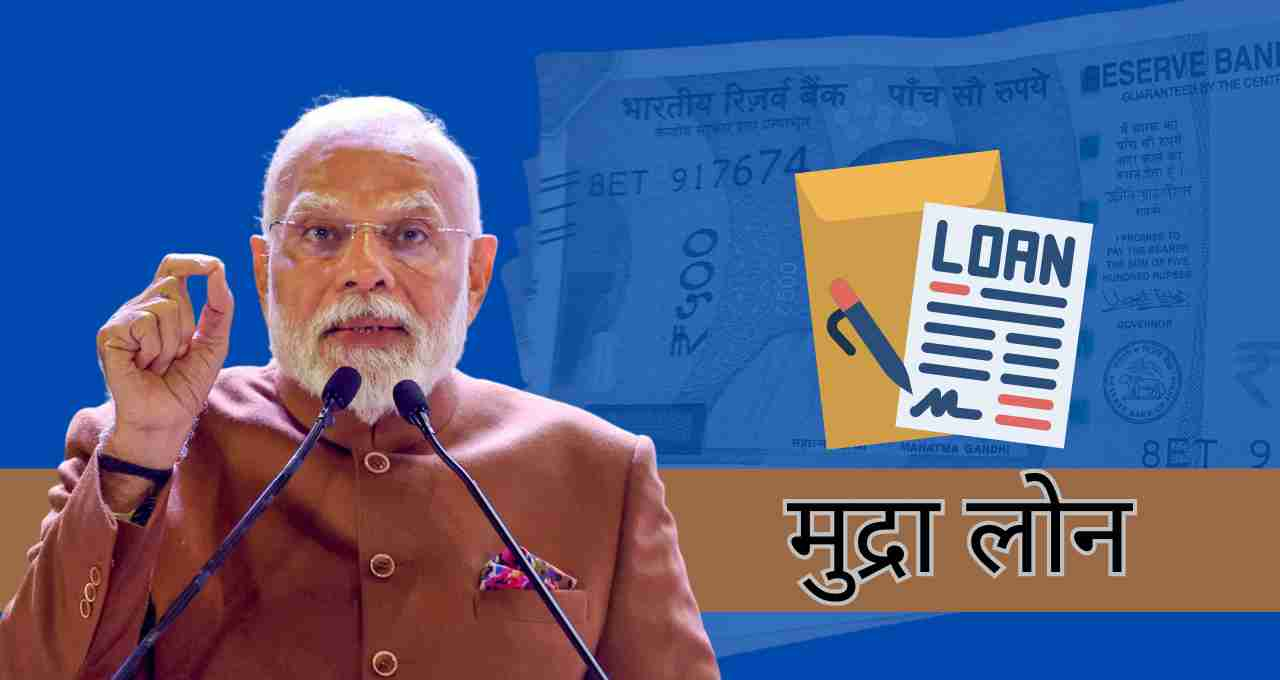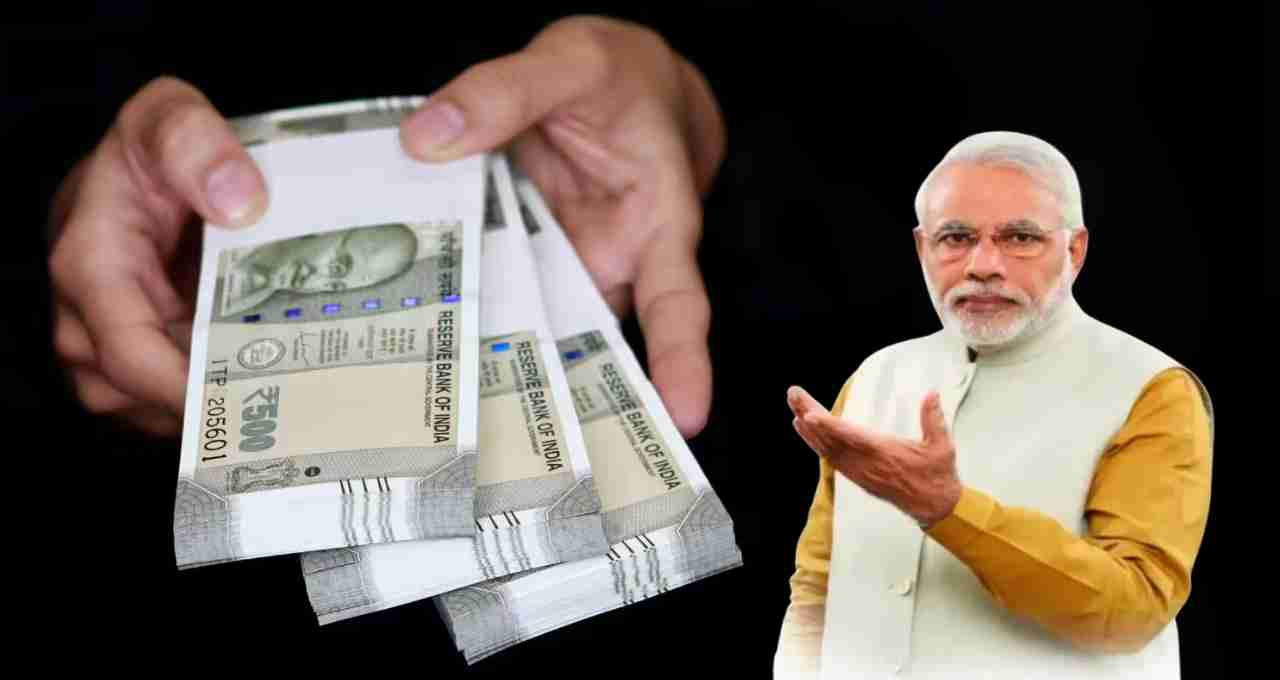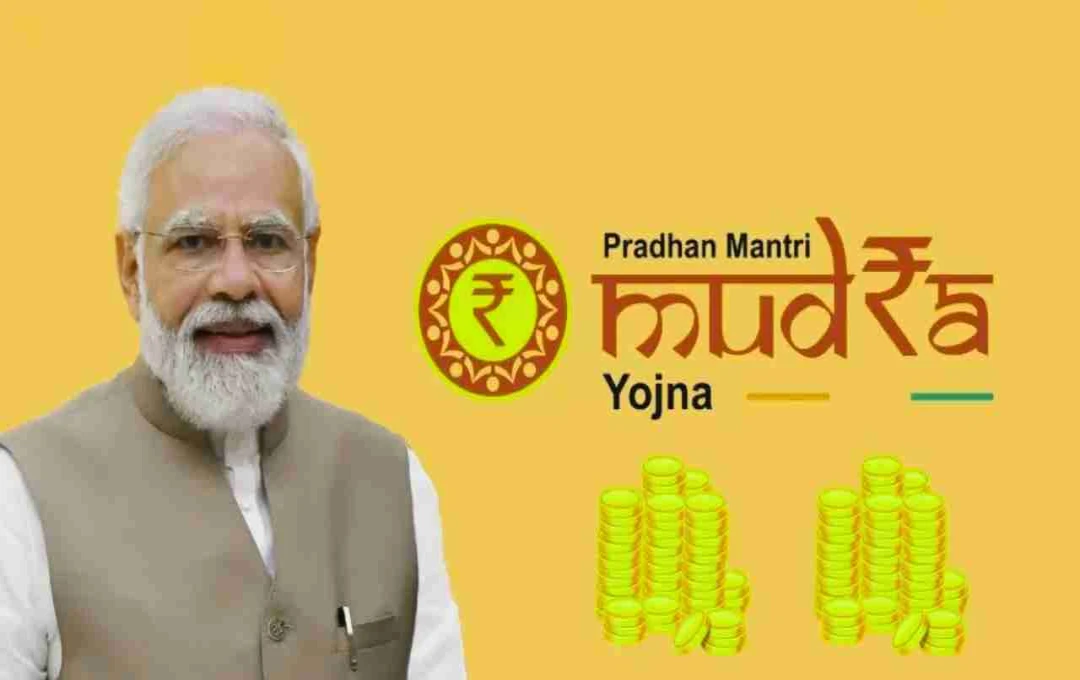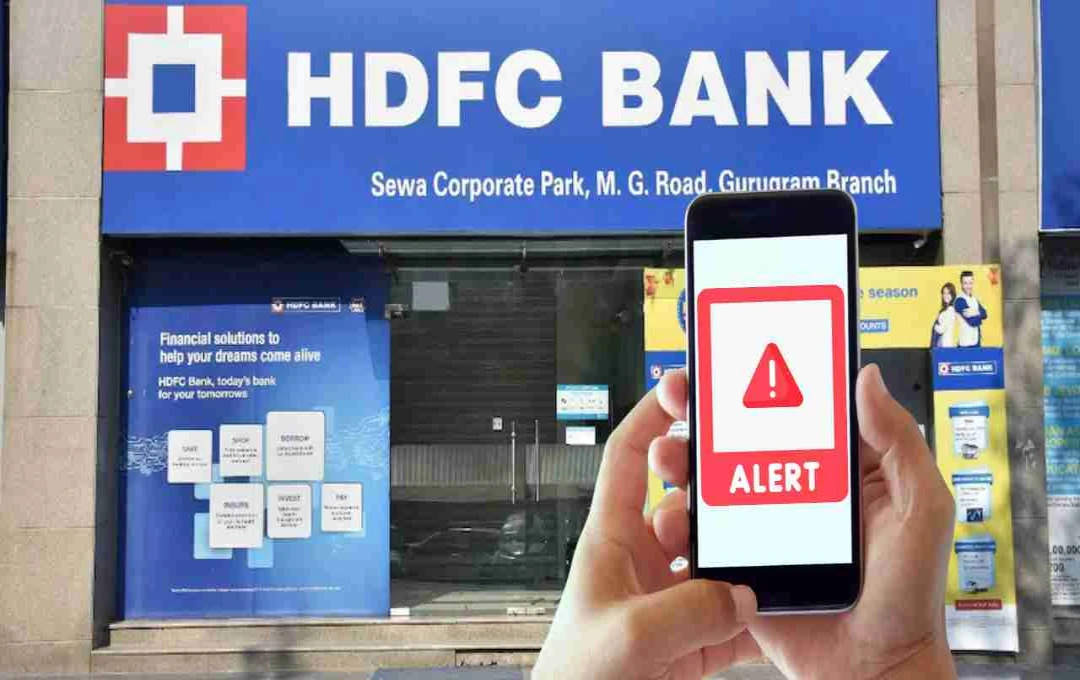Under the Pradhan Mantri Mudra Yojana (PMMY), banks provide loans in four different categories: Shishu, Kishor, Tarun, and Tarun Plus.
The government's Mudra Yojana has become even more beneficial. The Pradhan Mantri Mudra Yojana (PMMY), launched by Prime Minister Narendra Modi in 2015, has now increased the loan limit to ₹20 lakh. Earlier, the maximum loan provided was ₹10 lakh, but now this limit has been doubled. The aim of this scheme is to help those who want to start their own business but are held back due to a lack of capital.
Who can benefit from the Mudra Yojana?
The Mudra Yojana is specifically for small and micro entrepreneurs in the non-corporate and non-agricultural sectors. This scheme is for businesses such as beauty parlors, cyber cafes, mobile repair shops, boutiques, grocery stores, food stalls, tiffin services, auto rickshaws, taxis, or any small-level trade. The government wants more and more people to move towards self-employment and provide employment to others along with themselves.
Four Categories of Mudra Loans

Under the Mudra Yojana, loans are now being provided in four categories:
- Shishu: Under this category, a maximum loan of ₹50,000 is available. This is for those who are starting their business for the first time and need a small amount initially.
- Kishor: Loans from ₹50,001 to ₹5 lakh are provided in this category. This is for entrepreneurs who have been running their business for some time and are now planning to expand it.
- Tarun: In this category, loans from ₹5 lakh to ₹10 lakh are available. This is for expanding established businesses or opening new branches.
- Tarun Plus: This is a recently added new category in the scheme in which loans from ₹10 lakh to ₹20 lakh are provided. However, this will only be available to those entrepreneurs who have previously taken a loan under the 'Tarun' category and have repaid it on time.
No Guarantee or Security for Loans
The biggest advantage of the Mudra Yojana is that there is no need to provide any kind of guarantee or security. That is, you can apply for a loan without mortgaging anything, without showing property. This facility is particularly a relief for small entrepreneurs who often cannot get loans due to the lack of a guarantee.
How much time is given to repay the loan?
According to information provided on the State Bank of India's website, a maximum of 5 years is given to repay loans up to ₹5 lakh. This also includes a moratorium period of 6 months, i.e., exemption from installments. For loans from ₹5 lakh to ₹20 lakh, 7 years are given, which includes a moratorium facility of up to 12 months.
This means that you can focus on stabilizing the business for the first year, and then the regular installments start.
What is the interest rate system?

Speaking of the interest rate, a floating rate system is applicable for loans under the Mudra Yojana. According to the State Bank, the bank determines the interest on the basis of EBLR i.e., External Benchmark Lending Rate, and an additional margin of 3.25 percent is added to it.
If we talk about SBI, the EBLR is currently around 9 percent, so the total interest rate is around 12.25 percent. However, this may vary slightly depending on the banks.
Where and how can you get a Mudra loan?
To get a Mudra loan, you can contact any government or private bank, regional rural bank, small finance bank, or microfinance institution. Online application is also available on the portal www.udyamimitra.in.
Documents required for application include Aadhaar card, PAN card, business plan, income certificate, residence certificate, and passport-size photo. If the business is already running, its registration and GST details are also required.
Big relief for small traders
The loan under the Mudra Yojana has been a great support to lakhs of small traders, artisans, women's self-help groups, and young entrepreneurs in the country. The special thing is that the loan processing is fast in this and the decision is taken on the basis of the applicant's credit history.
Bank employees also give priority to applications under this scheme because it is a national-level scheme and is monitored directly from the Prime Minister's Office.
Increased beneficiaries of the scheme
According to government figures, crores of people across the country have been given loans under this scheme so far. The maximum beneficiaries are those who are stepping into the world of business for the first time. The number of women entrepreneurs is also increasing rapidly in this scheme, leading to social and economic changes.














